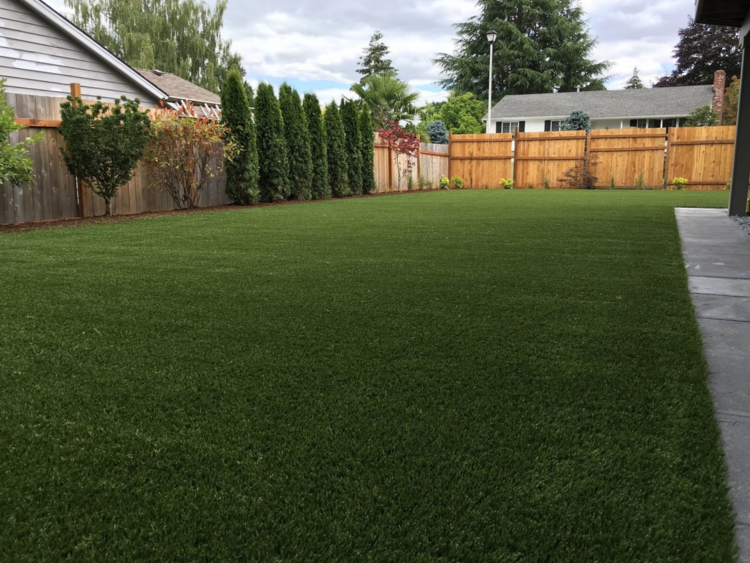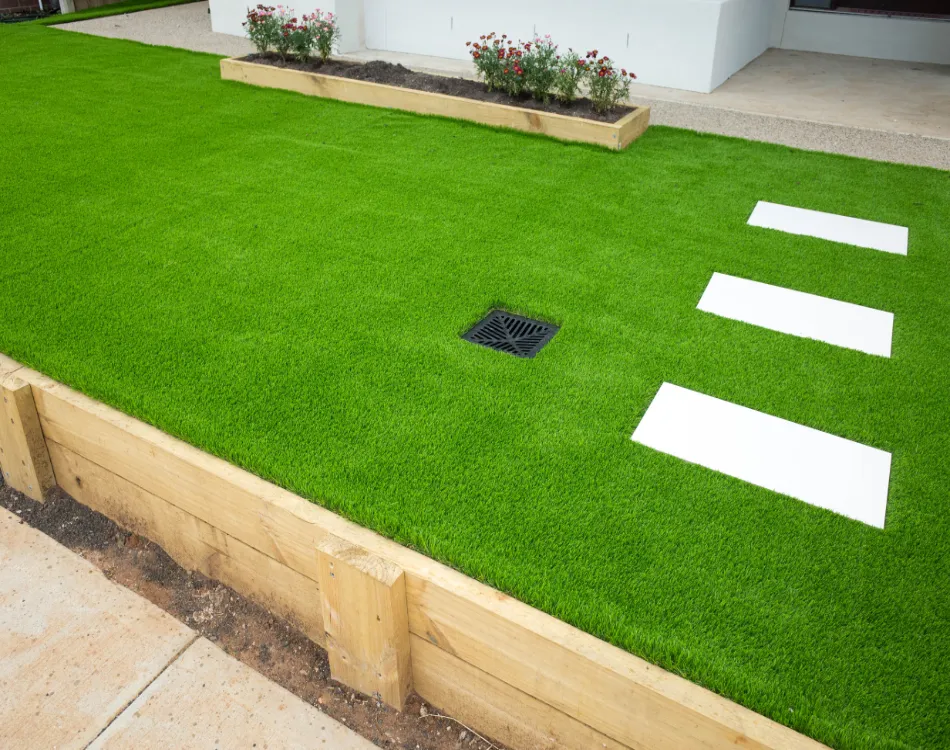Best Phoenix Turf Companies Providing High-Quality Synthetic Grass Options
Best Phoenix Turf Companies Providing High-Quality Synthetic Grass Options
Blog Article
Delve Into the Environmental Advantages of Opting for Artificial Grass Solutions
The adoption of fabricated turf remedies presents a compelling possibility to address pushing ecological challenges. By substantially reducing water usage and lessening the application of damaging chemicals, these choices not just promote sustainable landscaping however additionally protect regional ecosystems.
Water Conservation Perks
Among one of the most substantial advantages of synthetic grass is its capacity to preserve water. Traditional turf lawns require considerable irrigation, particularly in areas susceptible to drought or water limitations. In comparison, synthetic grass does not require watering, dramatically lowering the total need for water sources. This attribute is specifically valuable in deserts where water scarcity is a pushing problem.
By removing the need for routine watering, synthetic grass adds to sustainable landscape techniques and assists minimize the environmental effect of too much water consumption. The preservation of water extends to the reduction of drainage, which can lead to dirt erosion and waterway contamination.
In addition, the setup of synthetic grass allows house owners and municipalities to allot water resources extra effectively, concentrating on necessary usages such as drinking water and farming. The shift towards synthetic grass not only advertises accountable water use yet additionally straightens with more comprehensive ecological objectives intended at protecting natural resources.
As communities increasingly prioritize sustainability, the water preservation advantages of fabricated lawn provide a compelling case for its adoption in industrial and domestic landscaping projects.
Reduced Chemical Use
The change to man-made grass dramatically lowers the reliance on chemical treatments generally made use of in natural grass upkeep. Typical grass management usually involves the application of fertilizers, chemicals, and herbicides to advertise development and control bugs. These chemicals can posture threats to human wellness, neighborhood wild animals, and the environment, adding to soil and water contamination.
On the other hand, synthetic turf eliminates the demand for these unsafe compounds. Once mounted, it requires very little maintenance, mostly containing routine cleansing and irregular infill replenishment. This decrease in chemical usage not only profits the immediate setting but likewise adds to wider ecological security. By reducing the launch of artificial substances into the environment, man-made turf advertises healthier dirt and water supply.
Furthermore, the lack of chemical overflow connected with synthetic lawn setups assists safeguard regional rivers from air pollution, sustaining aquatic life and maintaining biodiversity. Arizona turf. As areas progressively focus on sustainable practices, selecting synthetic grass presents a practical service that aligns with ecological preservation goals. Through this shift, home owners can delight in lush environment-friendly rooms without jeopardizing ecological health, leading the method for a much more sustainable future
Reduced Carbon Footprint

In addition, the setup of man-made grass can result in substantial water preservation. Natural grass require significant amounts of water for watering, which not only includes to the carbon footprint related to water extraction and therapy however additionally stress regional water sources. On the other hand, synthetic grass requires minimal maintenance, calling for no watering, thus significantly minimizing water use and its associated energy expenses.
In addition, the longevity of synthetic grass adds to its reduced carbon impact. With a life expectancy of as much as 15 years or more, the demand for constant replacements is decreased, resulting in much less waste and lower energy consumption in manufacturing and disposing of standard lawn options. Generally, fabricated lawn offers a lasting choice for ecologically mindful landscaping.
Habitat Preservation
Habitat preservation is a vital consideration in the argument over landscaping selections, specifically when contrasting synthetic grass to natural yard. All-natural turf lawns frequently require extensive upkeep, including making use of fertilizers, chemicals, and herbicides, which can detrimentally affect regional communities. These chemicals can seep into the soil and rivers, hurting native flora and fauna and interrupting local environments.
Fabricated lawn eliminates the need for unsafe chemicals, thereby safeguarding close-by wildlife and maintaining the integrity of surrounding communities. The setup of synthetic grass can lead to the conversion of former yard locations into even more biodiverse landscapes, such as pollinator gardens or indigenous plant areas, which can support neighborhood wildlife.
Eventually, the shift to synthetic grass not only conserves water and decreases maintenance initiatives yet likewise fosters a more unified partnership between human activities and the native environment, advertising habitat preservation at the same time.
Long-Term Sustainability
Lasting sustainability is an important element in evaluating the benefits of synthetic grass over traditional yard yards. One of one of the most considerable benefits of synthetic grass is its resilience; look at this site it can last up to 15-20 years with marginal maintenance, whereas all-natural turf calls for regular reseeding and replacement. This long life decreases the need for continuous resources, such as water, plant foods, and chemicals, which are necessary for preserving a healthy and balanced grass official source yard.
Additionally, fabricated grass adds to a decrease in carbon discharges connected with yard treatment equipment. Typical yards usually require gas-powered mowers, leaners, and blowers, all of which add to air pollution. Turf installation phoenix az. In comparison, artificial grass removes the need for such equipment, advertising a cleaner setting
Moreover, the production of synthetic grass increasingly uses recycled products, boosting its sustainability account. As producers embrace eco-friendly practices, the environmental impact of synthetic grass continues to reduce.

Verdict
The fostering of synthetic grass services presents considerable environmental advantages, including considerable water conservation, decreased reliance on dangerous chemicals, and a reduced carbon impact. Man-made grass aids in preserving natural environments by decreasing land disruption and promoting long-term sustainability via the usage of long lasting materials. Collectively, these variables emphasize the capacity of synthetic turf to add positively to environmental wellness and use a feasible option to traditional landscape design methods in a progressively resource-conscious world.
In contrast, artificial lawn does not require watering, substantially minimizing the general need for water resources. By minimizing the launch of artificial compounds right into the community, synthetic turf Visit Your URL advertises healthier soil and water systems.
In addition, the installment of man-made turf can result in substantial water conservation. In contrast, fabricated grass needs marginal maintenance, requiring no watering, consequently significantly lowering water usage and its associated energy prices.

Report this page